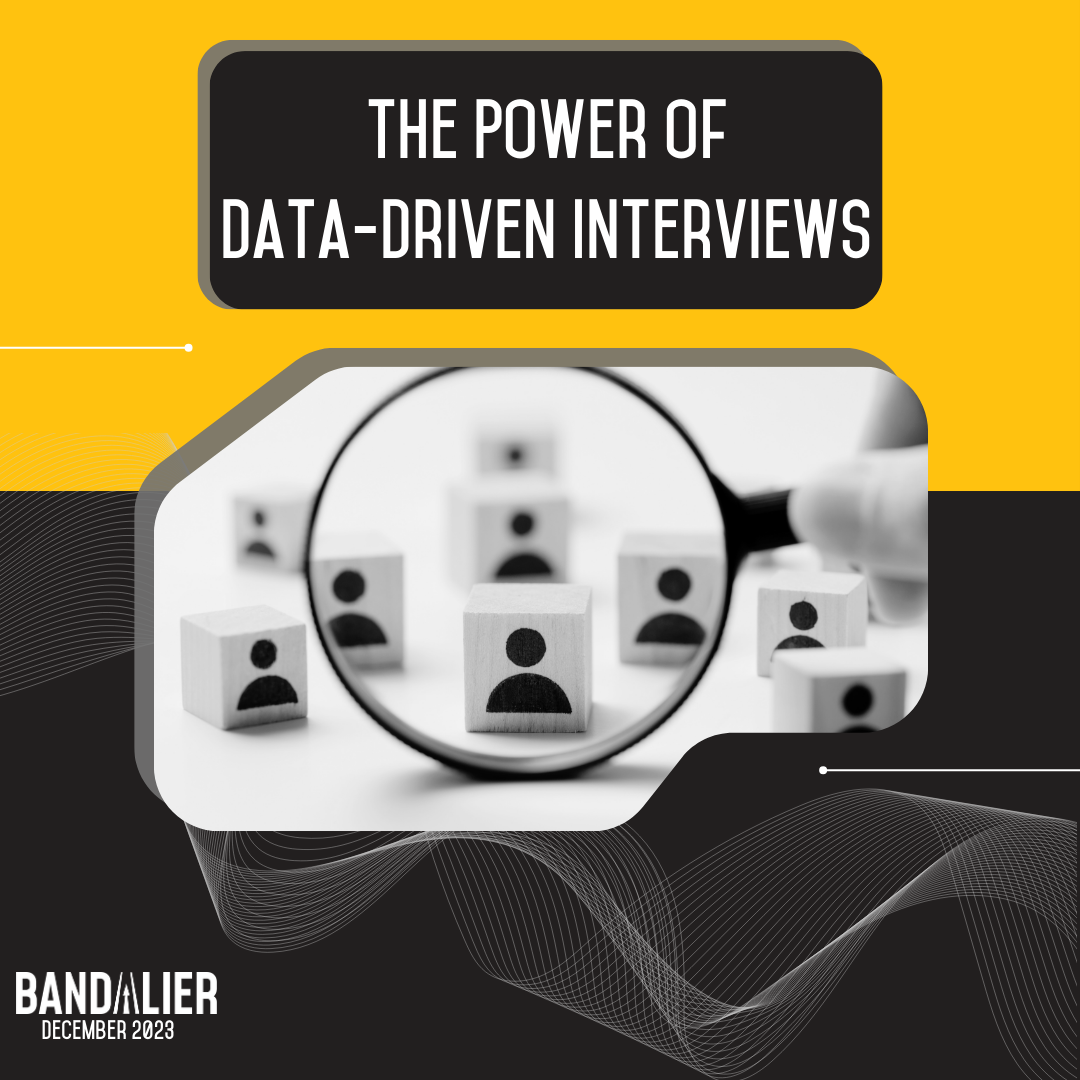As the use of AI tools rises across industries, understanding how generative AI works is increasingly important. While building your expertise will take time, learning these key terms will help any inside sales team get a head start on using new AI platforms.
Artificial intelligence: while definitions vary, we can reasonably define artificial intelligence, or AI, as an artificial system that is designed to think or act like a human, powerful enough to complete a wide range of tasks. The AI that is currently available to consumers is commonly referred to as ‘weak AI’ or ‘narrow AI’, as the platforms are dedicated single, specific topics.
Training data: AI requires large datasets to ‘learn’ from. Those datasets are often referred to as training data. The inclusion of copyrighted data in these datasets has been a point of contention between copyright holders and AI researchers.
Machine learning: this term refers to the algorithms that AI relies on to “learn.” While traditional algorithms rely on strict, static rules, machine learning algorithms are built to change with the data available to them. AI follows iterative algorithms to review large bodies of data and select a result that will best suit its function.
Neural network: a subset of machine learning, neural networks are modeled after the human brain. Neural networks are comprised of layers of nodes; each node is comprised of an algorithm. The first layer of nodes processes data before passing it to deeper nodes. Depending on the structure of the neural network, the data may pass through several layers of nodes before the AI delivers the final result.
Large language models: this refers to a particular type of neural network intended to predict the next word in a sequence. ChatGPT is currently the most famous example of a large language model.
Hallucination: incorrect or otherwise false results provided by large language model AI. Because the AI is trained on large data banks to predict words in sequence, it can return results that seem plausible but aren’t factual.
Generative AI: AI technology that creates content. A few popular examples include ChatGPT for text, and DALL-E for images.
Let’s put these terms together to briefly describe how modern AI works:
Generative AI utilizes machine learning algorithms to create content in response to a prompt. Large language models predict phrases based on what they’ve learned from training data provided to them. When a human inputs a prompt, the AI processes it through a multi-layered neural network to generate a result. Those results aren’t always accurate, however, as AI is prone to hallucinations.
Want to learn more about how AI works? Check out our recent whitepaper by following the link below, or get in touch with us today.















